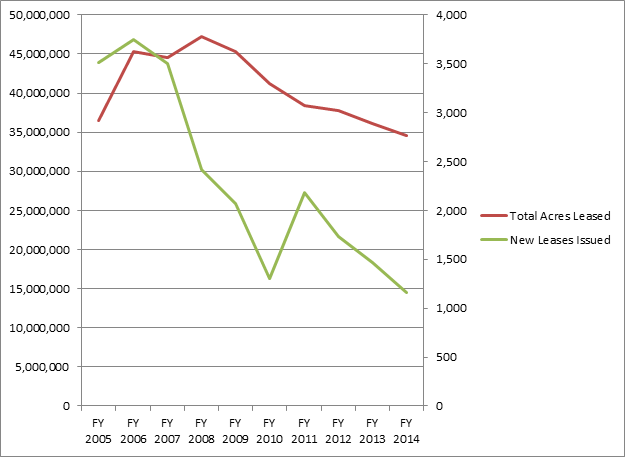Here’s the Obama Administration’s Response to the Shale Boom: More Regulations
In the last few years, we’ve seen innovative companies combine old and new technologies to tap into shale deposits that were once unreachable. The resulting shale energy boom has made the United States the world’s top oil and natural gas producer while creating jobs and improving the nation’s energy security.
Now that we’ve moved from an age of energy scarcity to one of abundance, the Obama administration wants to add another layer of bureaucracy on energy producers.
The Interior Department released its long-awaited proposed regulations on hydraulic fracturing on federal lands, and on page 12 is this nugget:
Operators with leases on Federal lands must comply with both the BLM’s regulations and with state operating requirements, including state permitting and notice requirements to the extent they do not conflict with BLM regulations.
Federal regulators aren’t known for being speedy, as Katie Tubb and Nicolas Loris of the Heritage Foundation explain:
The [Bureau of Land Management] estimates that it took an average of 227 days simply to complete a drill application—just one step in the approval process to harvest oil and gas resources on federal lands. This is compared to 154 days in 2005 and the average 30 days it takes state governments to do the same.
As a result, the number of acres of federal lands leased for energy development has been declining.

Acres leased on all federal onshore land. Data source: Bureau of Land Management.
Now, don’t think states are failing to regulate hydraulic fracturing. If Pennsylvania is any indication, it’s far from the truth. Check out my favorite scene from the documentary Fracknation:
“There are numerous permits you have to get before doing anything” on the Marcellus Shale, Range Resources’ Tony Gaudlip said.
The only thing these duplicative, redundant federal regulations will do is ensure less of our energy abundance is available for our energy-hungry economy.
EDITORS NOTE: The featured image is of a pumpjack in Los Angeles, Calif. Photo credit: Patrick T. Fallon/Bloomberg.


